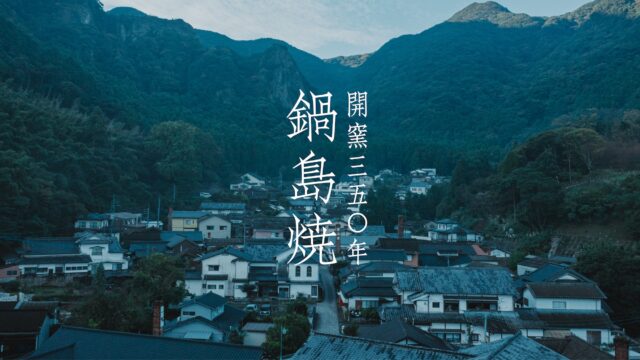Shitsurindo and ZOZO NEXT Launched Collaborative Research on New Lacquer Techniques
KOGEI Topics VOL.19
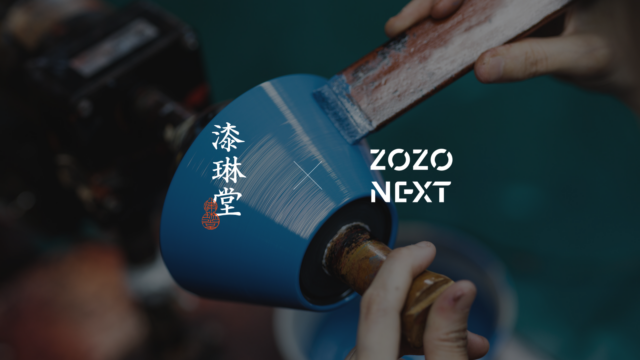

VOL.1-19
Update
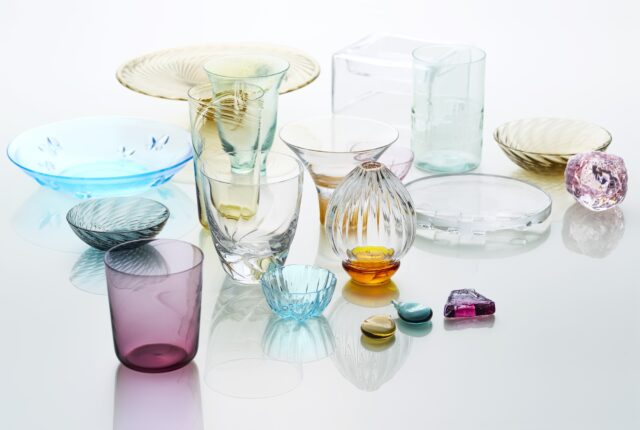
VOL.1-17
Update
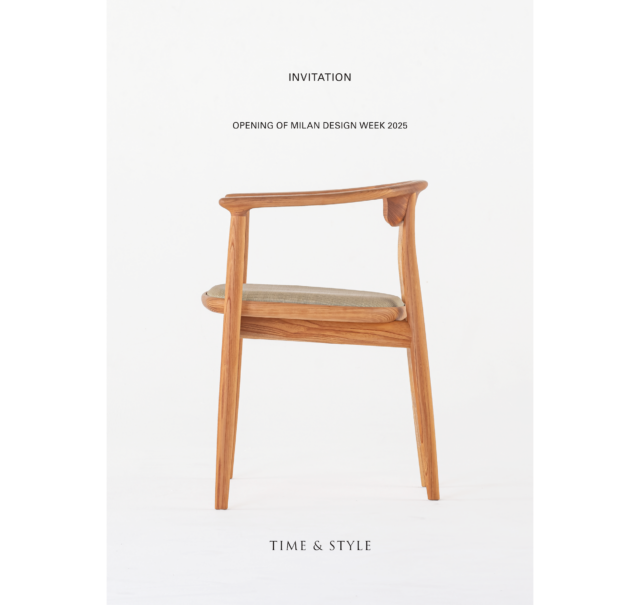
VOL.1-43
Update
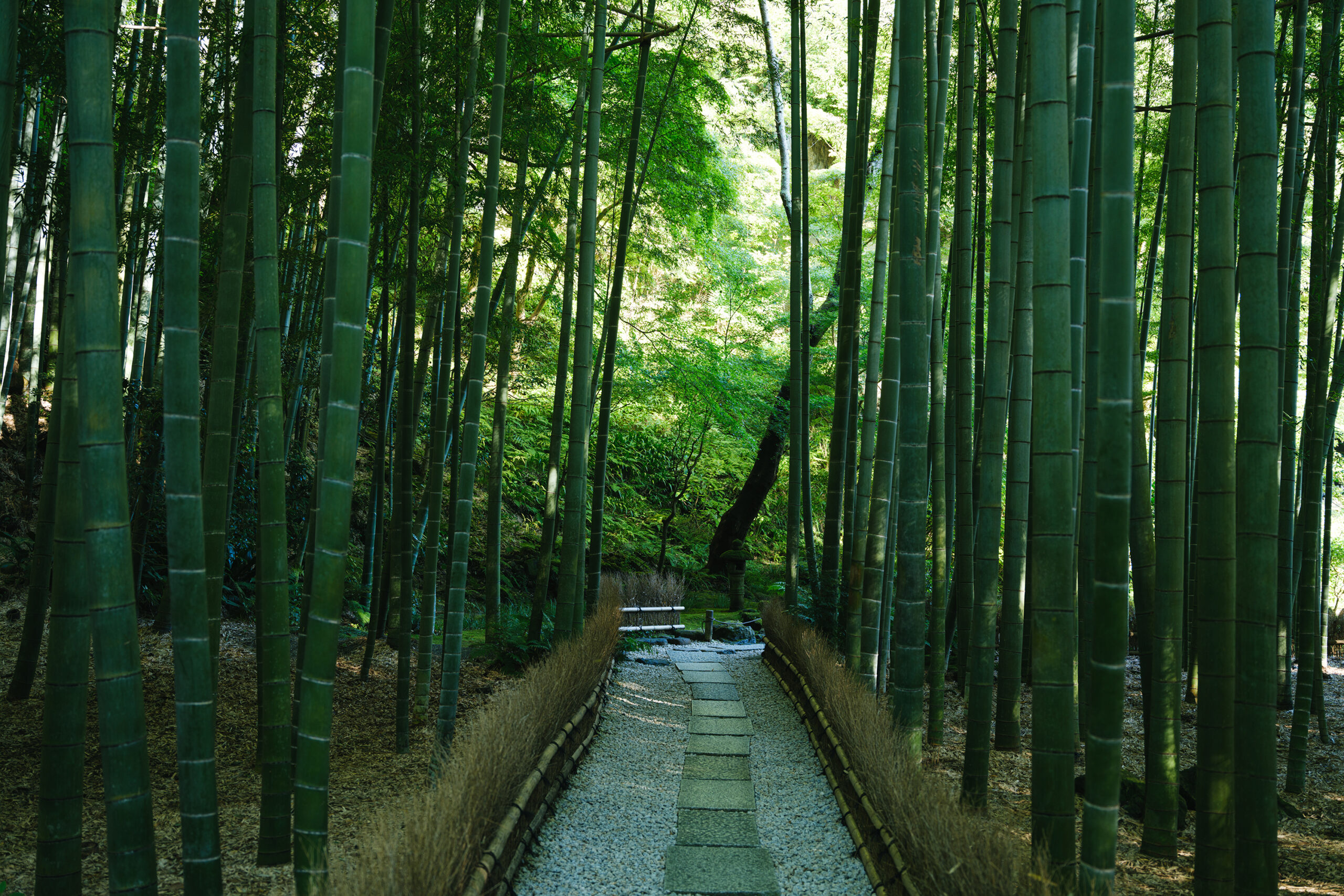
VOL.1-2
Update
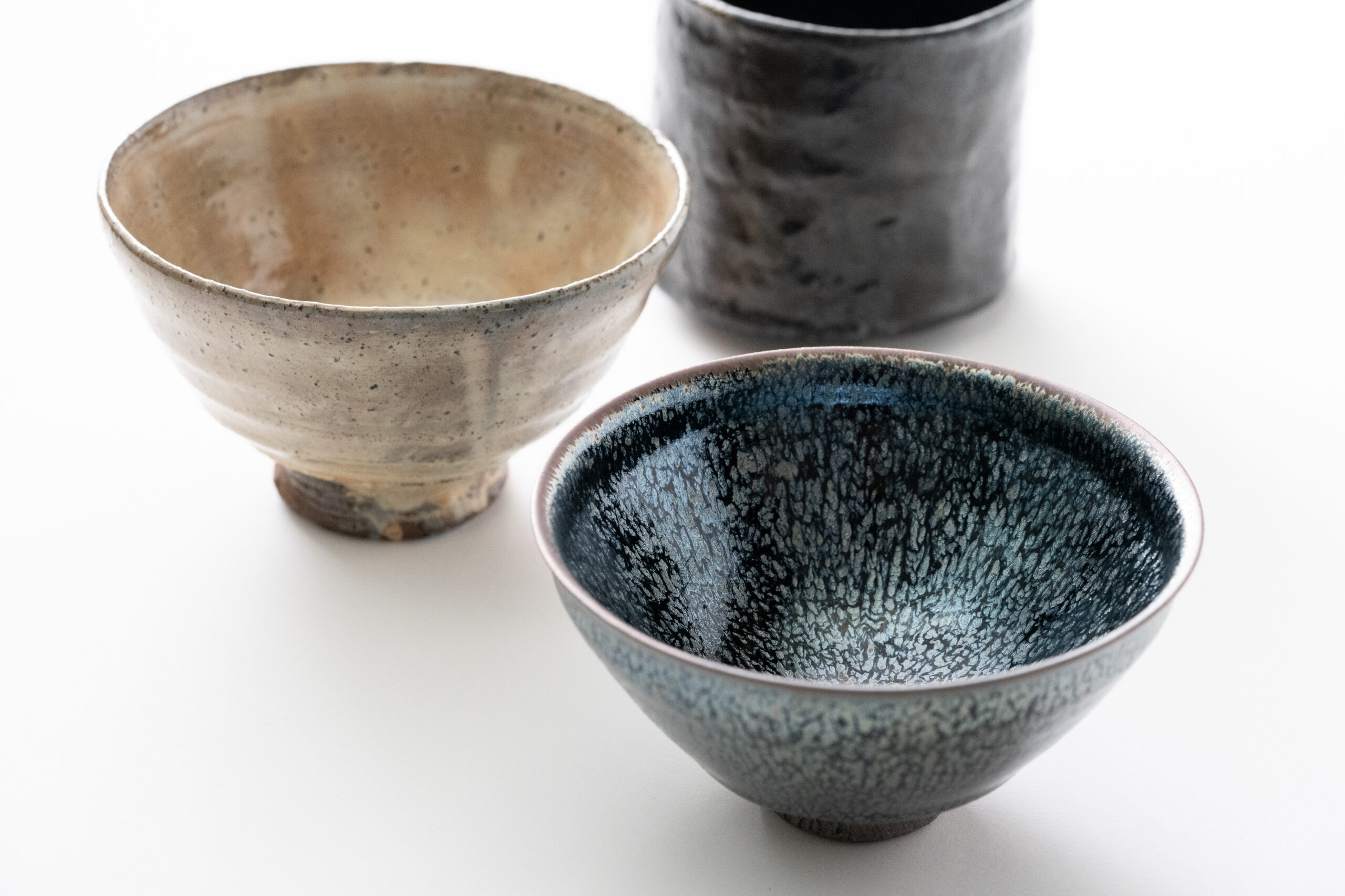
VOL.1-3
Update
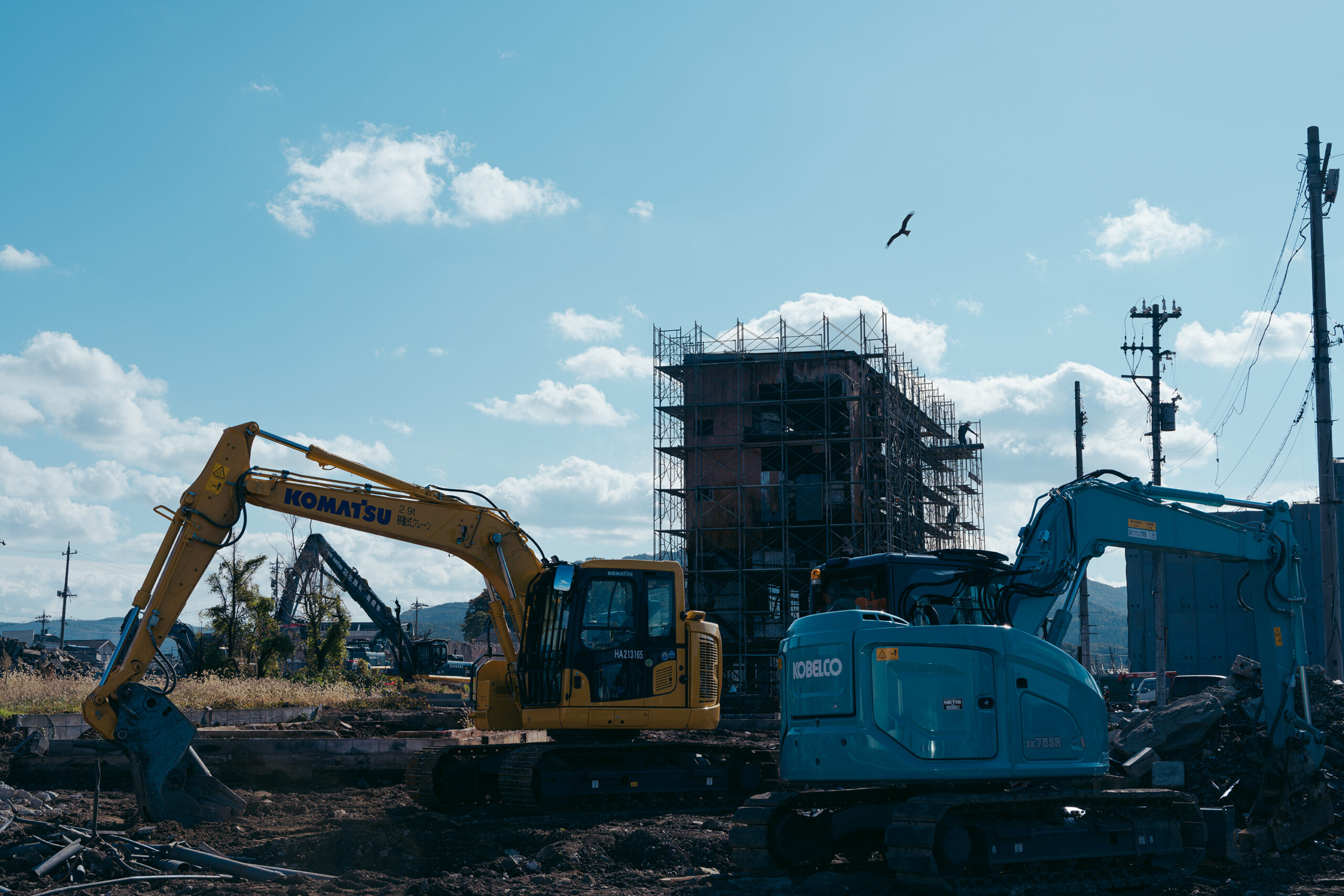
VOL.1
Update
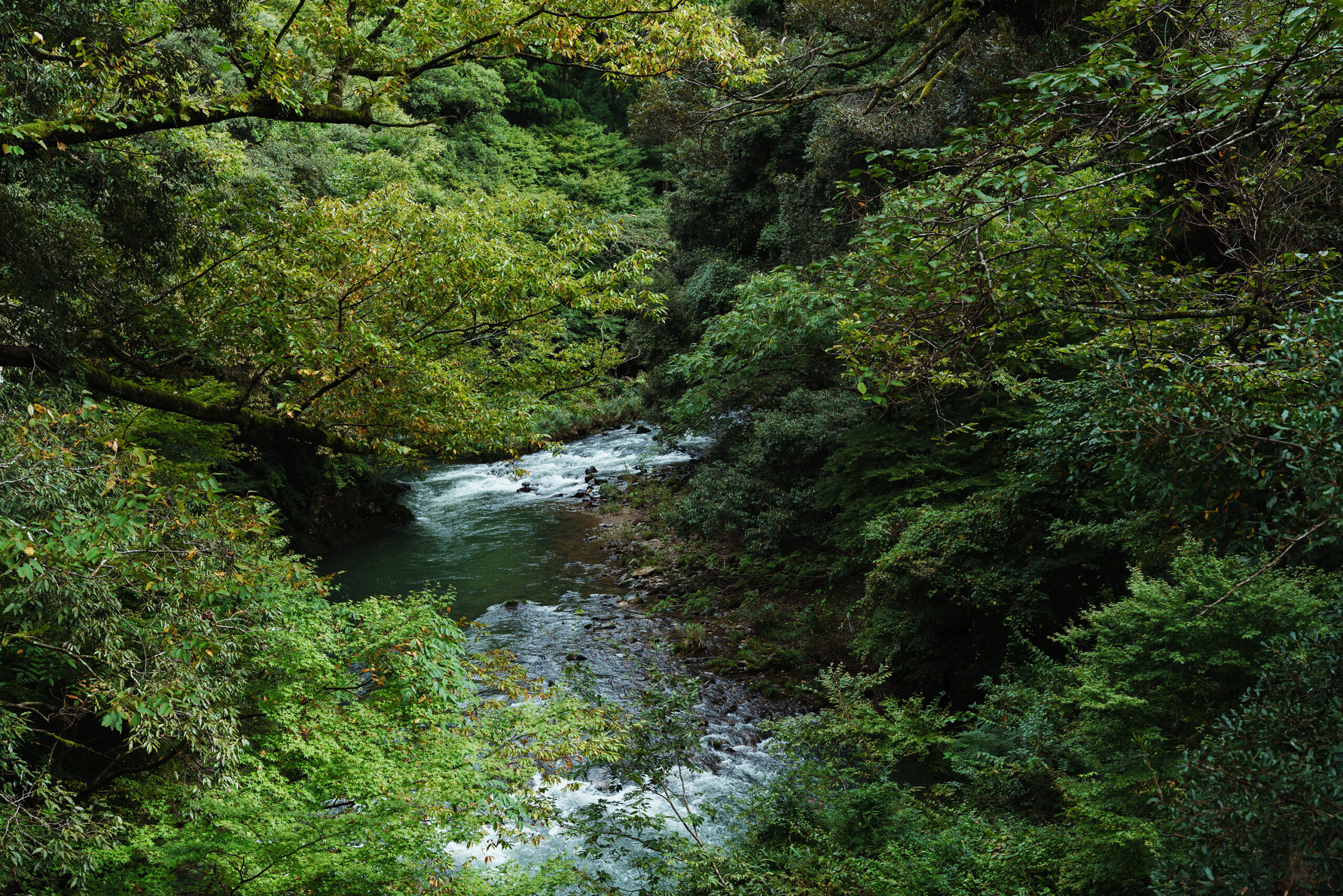
VOL.1-7
Update
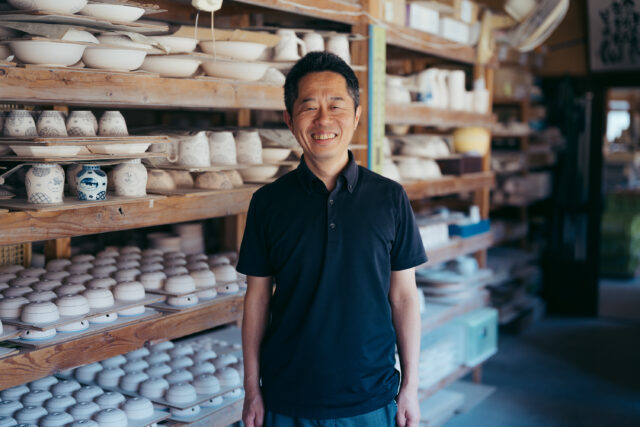
VOL.1-32
Update
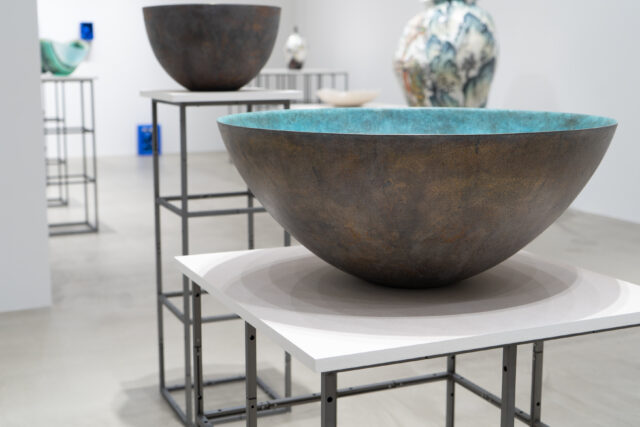
VOL.1-26
Update
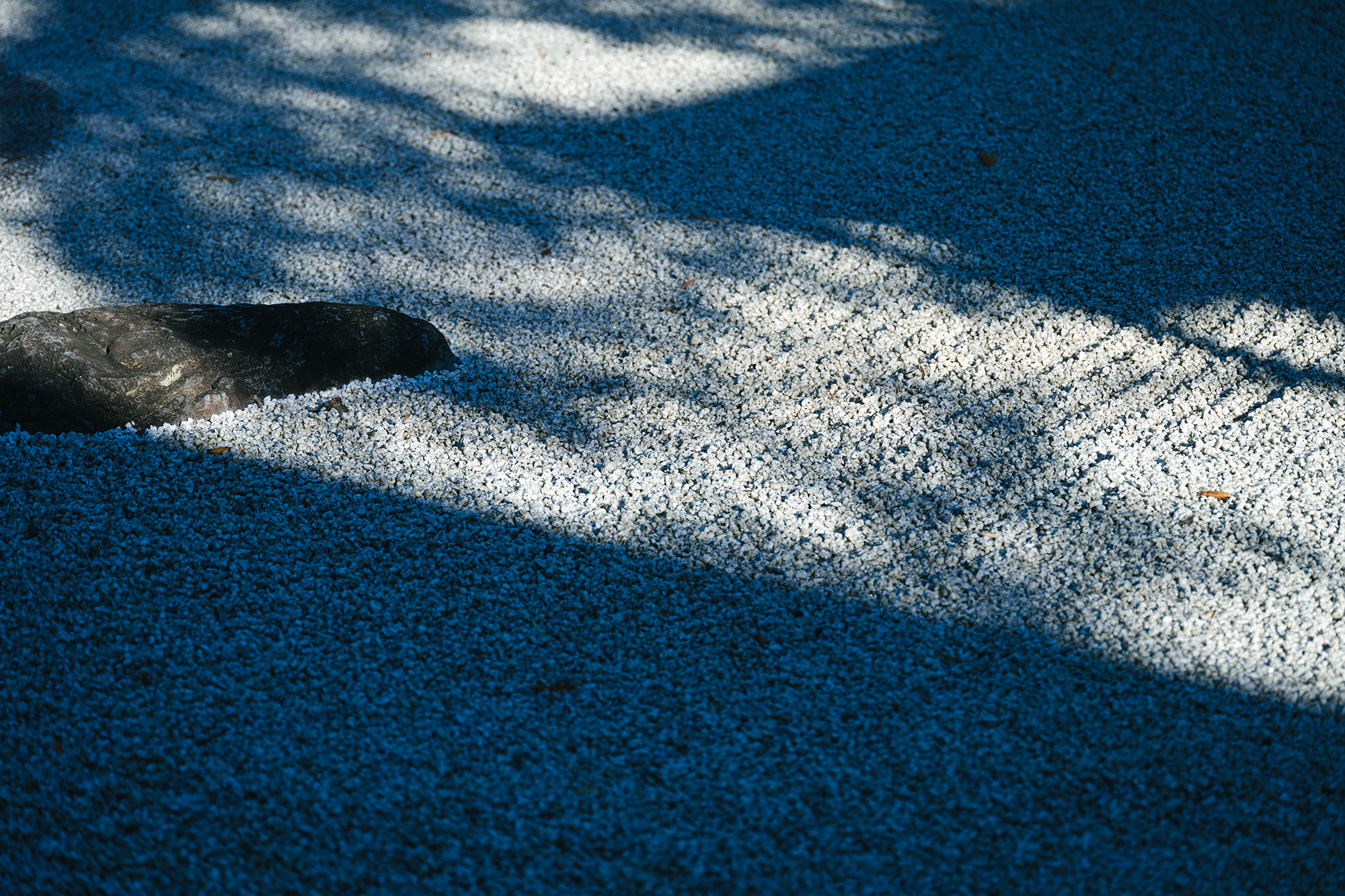
VOL.1-12
Update
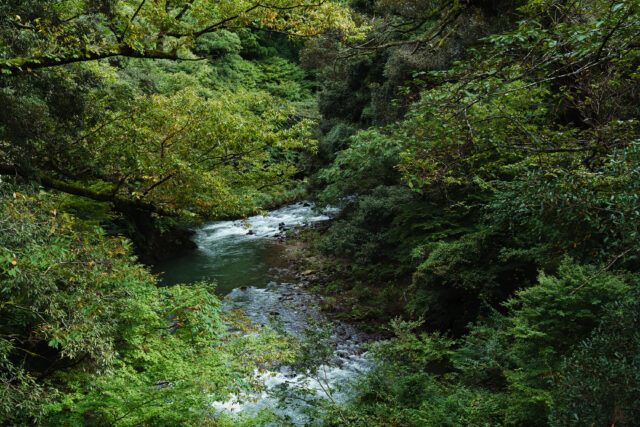
VOL.1-3
Update
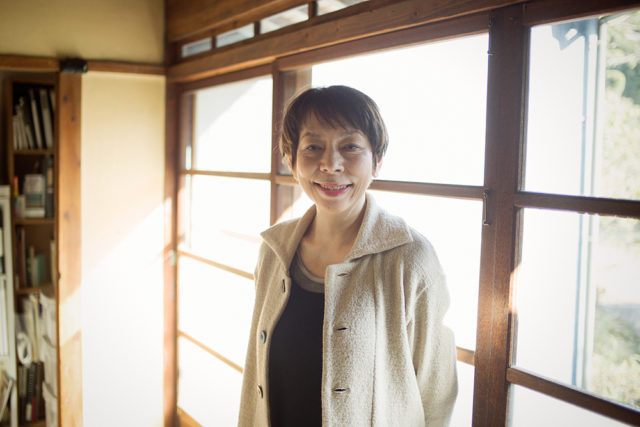
VOL.1
Update
We share a variety of information and perspectives on Japanese crafts, including exhibition information and interviews.
KOGEI Topics VOL.19
New Products VOL.17
Featured Exhibitions & Events VOL.43
KOGEI Topics VOL.18
Apr 5 – Jun 22, 2025
SEIKADO BUNKO ART MUSEUM
Apr 8 – May 6, 2025
The Gotoh Museum
Apr 11 – Jun 15, 2025
Kyoto City KYOCERA Museum of Art
Apr 12 – Jun 29, 2025
TOGURI MUSEUM OF ART

The “Arita Porcelain 400th Anniversary Project” comprised a series of activities which kicked off in 2016. Six years have passed since then, and NEXTRAD, a team of young volunteers from Arita ware kilns, continues to question what the art of making things means today, sometimes even transcending the historical models of their production region.
We interviewed Hiroyuki Tokunaga, Yosuke Maeda, Kosuke Fujimoto, and Yusuke Fukuda, all members of the NEXTRAD team, about their efforts to become a sustainable production area.
Interview by Kyoko Tsutsumi (HULS)
NEXTRAD, a team of 14 young managers and successors of Imari and Arita ware producers of different types and sizes, was formed in 2017 to help ensure that Arita ware continues to thrive into the future. The team discusses the initiatives of each company and the challenges and directions facing their common production region, invites people involved in the ceramic industry to exchange opinions, and shares information with the aim of considering and communicating a sustainable future for the Arita ware industry. The name “NEXTRAD” was created to reflect the idea of how the next generation (NEXT) considers the traditions of the past (TRADITION), while working innovatively (RADICAL) as a group of young people.
Tokunaga: We started out with a monthly rotating chairperson who would set a theme and discuss issues we were currently struggling with, such as problems in production or sales and so on. We still do this once a month. As we proceeded with these activities, we came to the conclusion that we wanted people outside the group to be aware of the problems we were facing, and we began to talk about holding an exhibition as a place to communicate this. That was around 2019. Then the Coronavirus epidemic made it impossible for us to engage in person for a while, but we were finally able to hold the event last fall.
Maeda: I want people to know about Arita’s craftsmanship. I especially want to introduce it to young people and have them become fans. Arita ware is famous, but many people have an image of it as somewhat old-fashioned. But in reality, each kiln creates many unique products, and I want more people to know that. If we can use the event as an opportunity to get people who want to be involved in crafts to come to Arita, that could help solve the problem we are experiencing of a shortage of artisans.
Fukuda: I believe that we need to become a sustainable production area. In order to do so, we need to let people know about it, and we need to approach young people properly. At the root of all our actions is the awareness of “What must we do now in order to continue to produce Arita ware and pass it on to the next generation?” We hold events as a means of making people aware of what we are thinking and educating them about the manufacturing process, which will surely lead to a future in which Arita ware continues to thrive. The reason we are working as a team called NEXTRAD is because it is better to share ideas with everyone now so that we can grow the Arita-Imari production region smoothly in the future.
Since Tokunaga became president of the youth division, there has been an accelerated movement toward greater interaction with other production regions, and such exchanges are taking place outside of NEXTRAD as well. For example, we have recently begun exchanges with Hasami ware artisans.
Fujimoto: It’s a lot of work just to cross the mountain pass (laughs).
Fukuda: Due to the different prefectures and historical backgrounds, there has only been a little interaction. Tokunaga, the current chairman, decided to break the impasse in this area.
Tokunaga: Sounds like such a big deal… (laughs). But in the end, some of the artisans and mold makers that the Hasami kilns deal with are also close friends of the Arita artisans, so I thought that Arita and Hasami are probably facing many of the same issues. Although there is an administrative hurdle of being in another prefecture, I think that if we can work on the problems in the field in a casual manner, it will make it easier for us to work together well in the future.
Profile
– Hiroyuki Tokunaga / Tokko Kiln
As the fifth generation of the Tokko Kiln, Hiroyuki mainly produces tableware for commercial use. He specializes in creating vessels with an elegant appearance using tensha transfer printing techniques. He is a former leader of NEXTRAD.
– Yosuke Maeda / Kouyou Kiln
Yosuke produces vessels for the home that are in touch with modern life. Together with skilled craftsmen, he is striving to create vessels that people find heartwarming. Current leader of NEXTRAD.
– Kosuke Fujimoto / Fujimaki Seitou
While working in the family business at Fujimaki Seitou, Kosuke began to think deeply about the ideal state of traditional industries for the next generation. He also teaches at a local high school and was the first leader of NEXTRAD.
– Yusuke Fukuda / Fukuju Touen
Yusuke specializes in designs that fuse tradition and modernity, and strives to create dishes that will remain beautiful and be loved for many years to come. He is in charge of NEXTRAD’s current web site.
NEXTRAD Interactive Exhibition
“Go Forward 2022 – The Future of ‘14P’ Related to Porcelain Manufacturing”
Dates: November 3 to 5, 2022, 9:00 am to 5:00 pm
Main venue: arita mononosu (1217, Hokaoyama Hei, Arita-cho, Nishimatsuura-gun, Saga Prefecture)
Official website:https://nextrad.jp/
